Optimal Timing for Septic Service
Septic service timing is crucial for maintaining system efficiency and preventing costly repairs. Regular inspections and pumping are recommended based on usage, system size, and environmental factors. Typically, septic tanks should be serviced every 3 to 5 years, but this can vary.
Spring and fall are ideal times for septic inspections to prepare for high usage periods and prevent issues during peak seasons.
After periods of heavy use, such as holidays or hosting events, scheduling a service can prevent system overload.
Before extended vacations or seasonal shutdowns, septic service can ensure the system is in good condition.
Avoid scheduling during extreme weather conditions like freezing or heavy rainfall, which can affect septic system performance.
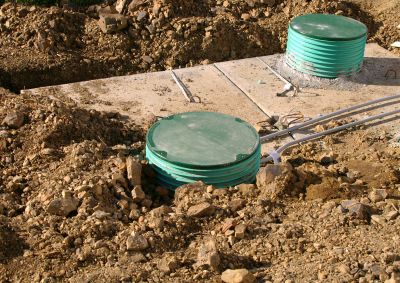
Ways to make Septic Service work in tight or awkward layouts.

Popular materials for Septic Service and why they hold up over time.

Simple add-ons that improve Septic Service without blowing the budget.

High-end options that actually feel worth it for Septic Service.
Septic service involves a combination of inspections, pumping, and maintenance to ensure the proper functioning of septic systems. Regular servicing helps prevent backups, system failures, and environmental contamination. The frequency of service depends on household size, tank capacity, and usage patterns. Proper maintenance extends the lifespan of septic systems and reduces the risk of costly repairs.
Statistics indicate that neglecting septic system maintenance can lead to system failure within 10-20 years, resulting in expensive repairs and environmental hazards. Routine servicing is a proactive approach that minimizes these risks and maintains system integrity.
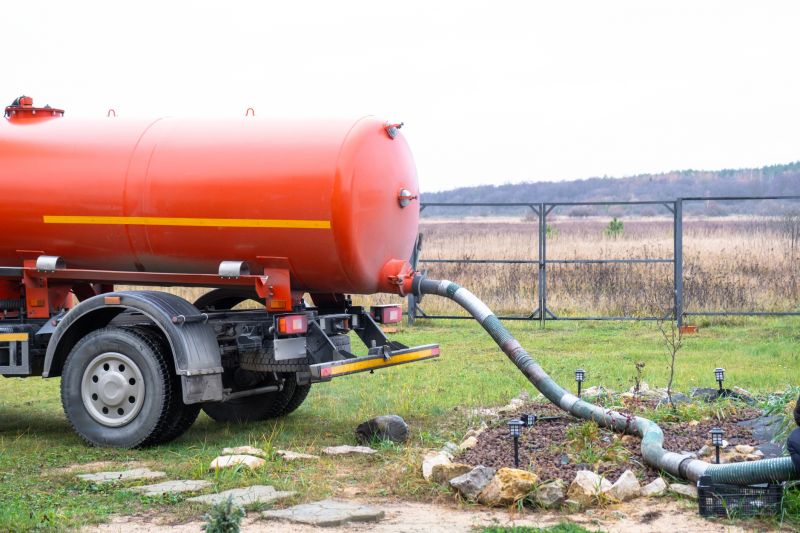
Finishes and colors that play nicely with Septic Service.
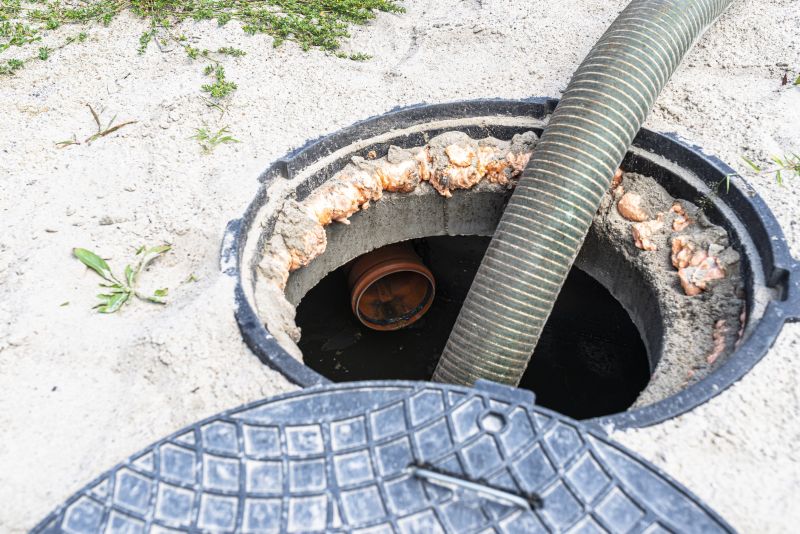
Little measurements that prevent headaches on Septic Service day.
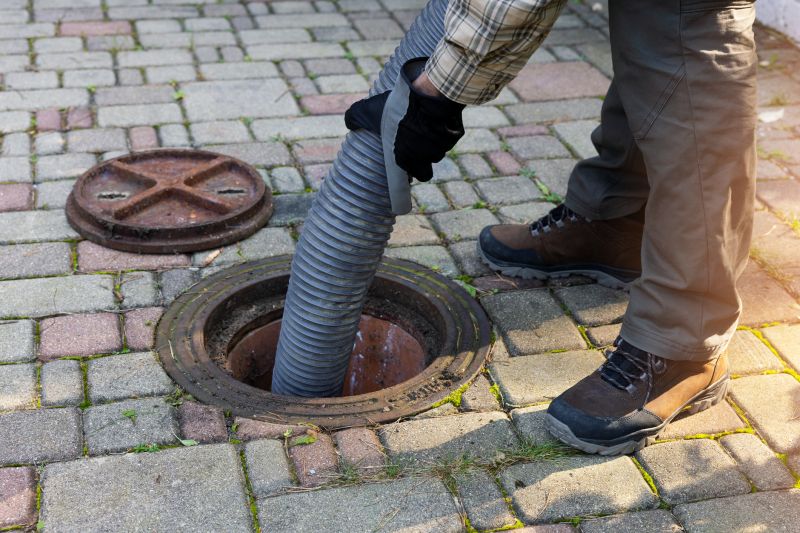
A 60-second routine that keeps Septic Service looking new.
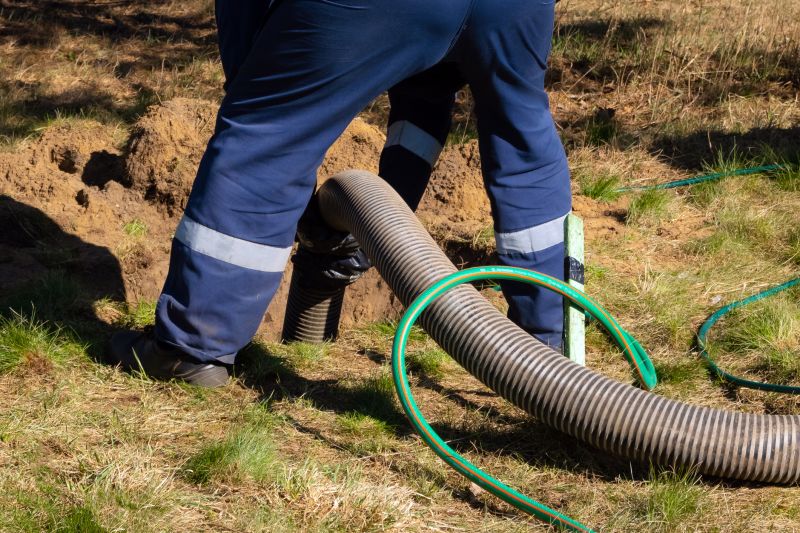
A frequent mistake in Septic Service and how to dodge it.
| Optimal Service Timing | Key Considerations |
|---|---|
| Spring and Fall | Prepare for high usage periods and avoid winter freezing issues. |
| After Heavy Usage | Prevent overloads following holidays or parties. |
| Before Extended Absences | Ensure system readiness before long vacations. |
| During Mild Weather | Schedule during moderate weather to avoid weather-related disruptions. |
| Routine Interval | Every 3-5 years based on household size and system capacity. |
